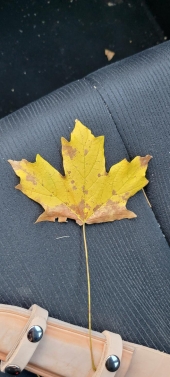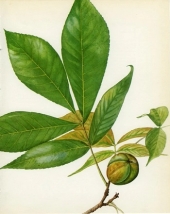








There is nothing permanent in a culture dependent on such temporaries as civilization.
www.feralfarmagroforestry.com
















John Polk wrote:
Timber is a huge industry. Despite total mismanagement in the past, I would imagine that the industry is now researching for "maximum yield"/acre. Their research has probably pin pointed maximum growth at the expense of quality. Just look at the quality of lumber in a 100 year old house compared to the trash wood that is currently being sold.








There is nothing permanent in a culture dependent on such temporaries as civilization.
www.feralfarmagroforestry.com




Brenda
Bloom where you are planted.
http://restfultrailsfoodforestgarden.blogspot.com/




Mark Vander Meer wrote:
Plum Creek Timber Company is one of the least ethical around - in terms of poor/ unsustainable work in the woods. This is common knowledge in business. They have a great promotion and marketing department, aimed at making them look good. I assure you - they are not.













Brenda
Bloom where you are planted.
http://restfultrailsfoodforestgarden.blogspot.com/








Brenda
Bloom where you are planted.
http://restfultrailsfoodforestgarden.blogspot.com/













Brenda
Bloom where you are planted.
http://restfultrailsfoodforestgarden.blogspot.com/










|
It looks like it's time for me to write you a reality check! Or maybe a tiny ad!
the permaculture bootcamp in winter (plus half-assed holidays)
https://permies.com/t/149839/permaculture-projects/permaculture-bootcamp-winter-assed-holidays
|




